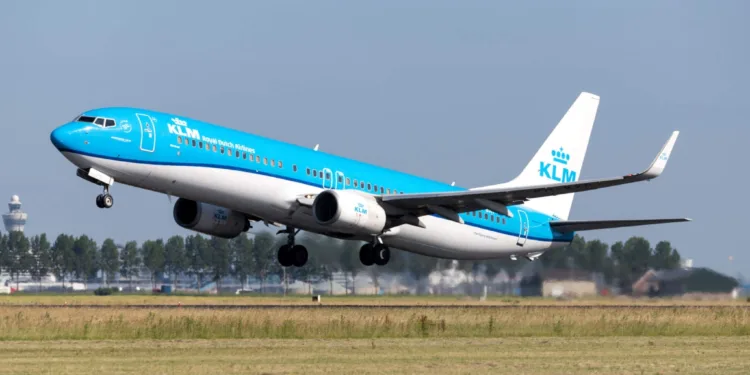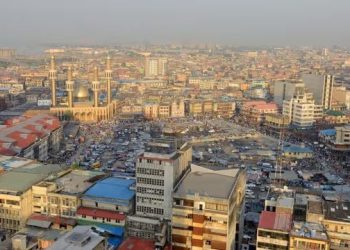Kenya aims for accountability as the East African nation invests a whopping sum of over one million, eight hundred thousand dollars ($1.88 million) for the 2024 wildlife census.
The previous census conducted in 2021 required substantial resources to achieve its successful completion. Planes, helicopters, boats and 4x4s were deployed, hundreds of camera traps and satellite collars monitored, and an array of dung studied across Kenya, as the country embarks on its first national census of wildlife.
This year’s edition aims to be more detailed and bigger, hence the large budget.
In speaking to the press in Nairobi, the chief executive officer and director of the state-owned Wildlife Research and Training Institute, Patrick Omondi that the exercise is scheduled to conclude by June 2025, and aims to gather accurate data on the population of all aquatic and land-based wildlife species in the country for proper documentation.
According to Omondi, “We have initiated preparations for conducting the 2024 wildlife census, which will be the second national-scale census since 2021.”
He delivered these remarks during the inaugural meeting for the 2024 wildlife census, signifying the commencement of this pivotal endeavour focused on executing a thorough wildlife enumeration across diverse regions within Kenya.
This meeting, which brought together stakeholders from government agencies, conservation organizations, and research institutions, marks the collaborative effort required to gather accurate and comprehensive data on the country’s wildlife populations.
Also Read: Botswana Communities Fume At UK’s Anti-hunting Bill
What Is The Impact Of The Census On Kenya’s Wildlife Conservation System?
The census aims not only to assess population numbers but also to evaluate the health, distribution, and conservation status of various wildlife species inhabiting Kenya’s diverse ecosystems.
For the 2024 wildlife census, Omondi stressed that the census operation will utilize aircraft, boats, cameras, and geographical information systems (GIS) just like the previous census which was held in 2021.
The pieces of equipment are going to be used to survey wildlife species in both terrestrial and aquatic ecosystems. This comprehensive approach underscores the intention to gather precise data across diverse habitats and ensure a thorough assessment of Kenya’s rich biodiversity.
The census will facilitate the continuous monitoring of wildlife resources, gathering crucial data on the status of wildlife populations.
This includes identifying trends, assessing threats, recognizing challenges, and uncovering potential opportunities for the conservation and sustainable management of Kenya’s diverse wildlife.
Due to the severe drought in 2022 that significantly affected wildlife resources, including endangered species such as elephants and Grevy’s zebra, the CEO and director of the state-owned Wildlife Research and Training Institute highlighted the significance of the planned census.
FinTech Telex recalls that Kenya held its first-ever National Wildlife Census on the 7th of May, 2021. The exercise was fully funded by the government of Kenya and was executed by the Ministry of Tourism and Wildlife, Kenya Wildlife Service and the newly created Wildlife Research &Training Institute.
The census that was held in 2021, covered the country’s fifty-eight (58) national parks and reserves, and private and community conservancies.
The exercise held for two months; between May is due to be completed by the end of July. The budget for the 2021 wildlife census was at one million, eight hundred thousand dollars ($1.88 million).
The cost covers a count of terrestrial and marine mammals, key birds such as ostriches and kori bustards, and endangered primates. The results were delivered in August 2021.
Najib Balala, Kenya’s tourism and wildlife cabinet secretary mentioned that the census will mitigate the alarming cases of human-wildlife conflicts. He went further to say,
“It is therefore important to undertake this national survey to establish baseline data on wildlife population status and distribution for future use, to understand wildlife population trends and shifts in their distribution. We also need to know if any given area has the carrying capacity for particular animals, and the effects climate change and increase in human population have on wildlife conservation.”










